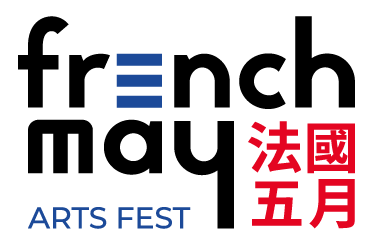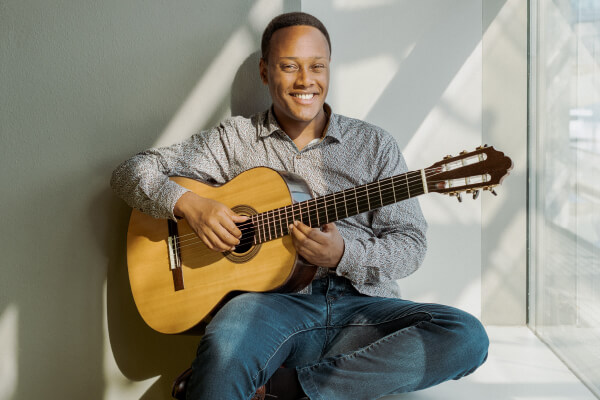Programme
COUPERIN
Les barricades mystérieuses (arr. Fougeray) (3′)
DUPHLY
Médée (arr. Fougeray) (5′)
BACH
Concerto No. 1 in D Major, BWV 972 (after Vivaldi) (arr. Perroy) (9′)
BARRIOS
La Catedral (7′)
PIAZZOLLA
Inverno Portena (arr. Assad) (7′)
VILLA-LOBOS
Suite Populaire Brésilienne (18′)
SOLÈS
2 Catalan folksongs: El noi de la mare & Cançó del lladre (4′)
ALBÉNIZ
Torre Bermeja, serenata from 12 piezas caracteristicas, Op. 92 (arr. Feuillâtre) (4′)
SOLÈS
Variations on a Theme of Sor, Op. 15 (8′)
Podcast
Raphaël Feuillâtre introduces the programme on this podcast
(Please do not play the Podcast during the concert)
Summary of the Podcast
Rising star French guitarist Raphaël Feuillâtre makes his Hong Kong debut this three-part recital: “In general, I like the idea that a recital somehow reveals part of a musician’s identity,” Feuillâtre explained. He further elaborated on his artistic vision, emphasizing the guitar’s versatility: “I love bringing together different styles and genres in my programmes, because I think that the guitar has a unique ability to travel across time and cultures.”
This Hong Kong program will showcase three musical traditions close to his heart: Baroque, South American, and Spanish music, each presented in three segments.
Section 1: Baroque
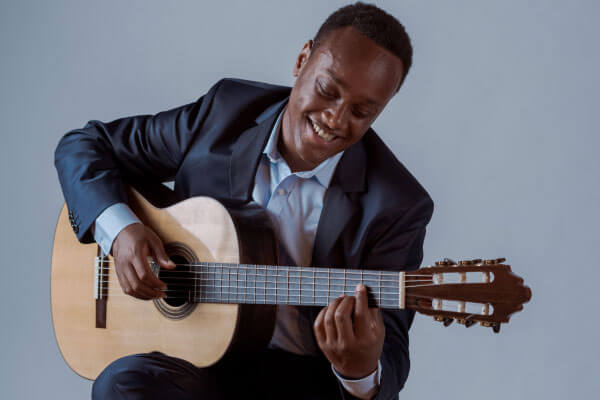
The opening Baroque section will feature two French pièces de genre, or pièces de caractère, originally for harpsichord and elegantly arranged for guitar. “It means that these pieces have very evocative titles, and strong personalities.” Feuillâtre noted.
COUPERIN Les barricades mystérieuses
The first of these is François Couperin’s Les barricades mystérieuses. “It’s a fascinating piece, because it has a very hypnotic character,” Feuillâtre described. “It’s written in a broken style, so it sounds like it was made for the lute, and therefore suits the guitar very well.”
He finds the enigmatic title open to various interpretations, suggesting it could symbolize barriers between past and present, life and death, or even 17th-century women’s eyelashes. “Anyway, in the context of this recital, I love to think that this is the barrier between the real and the imaginary,” he mused. “So in the end, it’s such a great way for me to start the concert and take us to the imaginary sound world.”
DUPHLY Médée
The second Baroque piece is Jacques Duphly’s Médée.
“When I was looking for Baroque music to play, I’ve been suddenly attracted by this piece for its very dramatic character,” Feuillâtre recalled.
Despite initial uncertainty about its suitability for guitar, he is now convinced of its effectiveness. “I actually wasn’t sure whether the arrangement for the guitar would work or not, but I’m now obviously totally convinced, as the rhythmical aspect keeps its power while the virtuosity can be expressed.”
The piece draws inspiration from the tragic Greek mythological figure Médée, known for her intense emotions and dramatic journey.
BACH Concerto No. 1 in D Major, BWV 972
Concluding the Baroque set is Johann Sebastian Bach’s Concerto No. 1 in D Major, BWV 972. Originally composed by Vivaldi for the violin and later transcribed by Bach for the harpsichord, Feuillâtre will perform his guitar adaptation.
“As challenging as it is to play, my goal is to communicate the inherent joy and the clear contrast between the solo and Tutti sections made possible by the arrangement,” Feuillâtre explained.
Section 2: South America
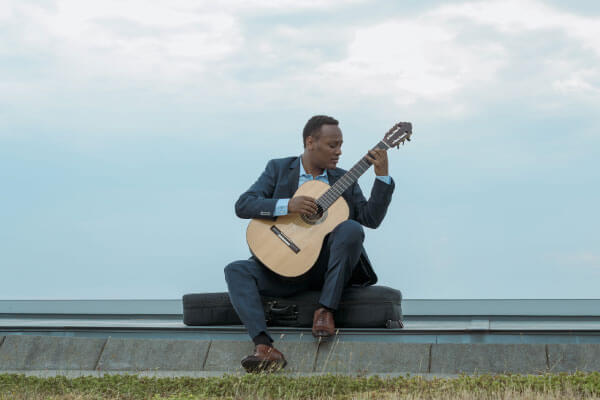
BARRIOS La Catedral
The program then transitions to the vibrant rhythms and melodies of South America, beginning with Agustín Barrios Mangoré’s La Catedral. Feuillâtre described the Paraguayan composer as “sometimes called the ‘Chopin of the guitar’.”
The three-movement piece, inspired by the Montevideo Cathedral, blends Baroque influences with a nostalgic atmosphere. The first movement Preludio (Saudade) features romantic harmonies. The second movement Andante Religioso evokes the sound of the organ Barrios heard in the cathedral. The virtuosic finale Allegro Solemne depicts a lively scene following a religious ceremony. “It’s one of the most iconic and beautiful page ever written for the guitar,” Feuillâtre asserted.
PIAZZOLLA Inverno Portena
Next in the South American section is Astor Piazzolla’s Inverno Portena,” part of his “Four Seasons of Buenos Aires.”
“‘Inverno’ means winter, and ‘Portena’ refers to the culture of Buenos Aires,” Feuillâtre clarified. Originally written for Piazzolla’s Tango Quintet, this piece has been beautifully arranged for solo guitar by Sérgio Assad.
“The link between Piazzolla and the arranger, Sérgio Assad, is very specific,” Feuillâtre noted, mentioning Assad’s work for Piazzolla’s brother Odair, which can be heard on the album “Soul of the Tango” with Yo-yo Ma. ” In this case, this arrangement captures the dramatic contrast of the original version, typical of the tango, lyrical melodies, sudden burst of energy, and a deep and most nostalgic passion.”
VILLA-LOBOS Suite Populaire Brésilienne
The South American portion of the recital concludes with three movements from Heitor Villa-Lobos’s “Suite Populaire Brésilienne“: “Mazurka-chòro,” “Scottish-chòro,” and “Chôrinho.”
Feuillâtre highlighted Villa-Lobos’s unique compositional style: “This composer had a unique way of mixing Brazilian folk music with classical influences, which is the most obvious specificity of the classical guitar, especially that creates pieces that feel both spontaneous and sophisticated.”
Section 3: Spain
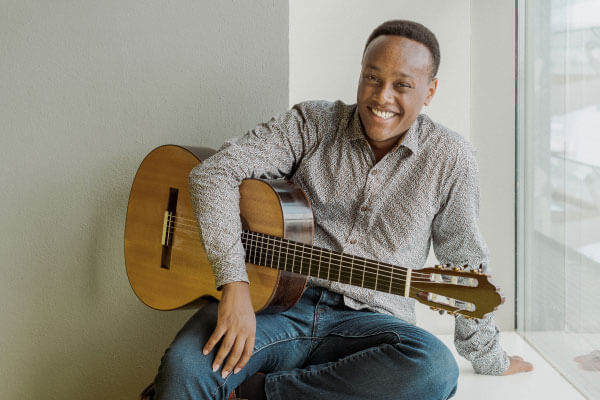
SOLÈS 2 Catalan folksongs: El noi de la mare & Cançó del lladre
The final segment of the program delves into the rich tradition of Spanish guitar music. It opens with two Catalan folk songs arranged by Miguel Llobet Solés: “El noi de la mare” and “Cançó del lladre.”
“They are very simple and as meaningful as beautiful,” Feuillâtre remarked. He recalled his early discovery of these pieces: “I discovered this piece when I was a teenager, and then contributed to my love for the classical guitar repertoire by their charming simplicity.”
He explained that “El Noi de la Mare” translates to “the boy of the mother” and is a well-known Catalan Christmas song. “Cançó del lladre” means “the song of the thief,” telling the story of a bandit’s life.
ALBÉNIZ Torre Bermeja
Following these folk songs is Isaac Albéniz’s Torre Bermeja. “Following this, I play ‘Torre Bermeja’ by Isaac Albéniz, a piece originally written for piano, but deeply connected to the guitar tradition that I play in my own arrangement,” Feuillâtre stated. He described the piece as “simply serenades very alive with a beautiful and lyrical, slow middle part that takes its Spanish flavor in Alhambra.”
SOLÈS Variations on a Theme of Sor, Op. 15
The recital culminates with Miguel Llobet Solés’s Variations on a Theme of Sor, a piece of significant personal importance to Feuillâtre.
“Finally, we close the recital with one of my favorite pieces, Variations on a Theme of Sor by Miguel Llobet Solés,” he shared. “I have played this piece for many years, and my interest for it never declines. It has many aspects that are very well developed.”
The theme is based on “La Folia de España,” a historical dance that has inspired numerous composers. The initial theme was written by Fernando Sor, and Llobet Solé later added technically challenging variations. “Each variation shows different aspects of the classical guitar, and it pushes to its limits,” Feuillâtre said.
“This is the journey I’m inviting you on a programme that moves from the elegance of the Baroque, through the passion of South American music, to the deep roots of the Spanish guitar tradition” Feuillâtre concluded.
Biography
Raphaël Feuillâtre, guitar
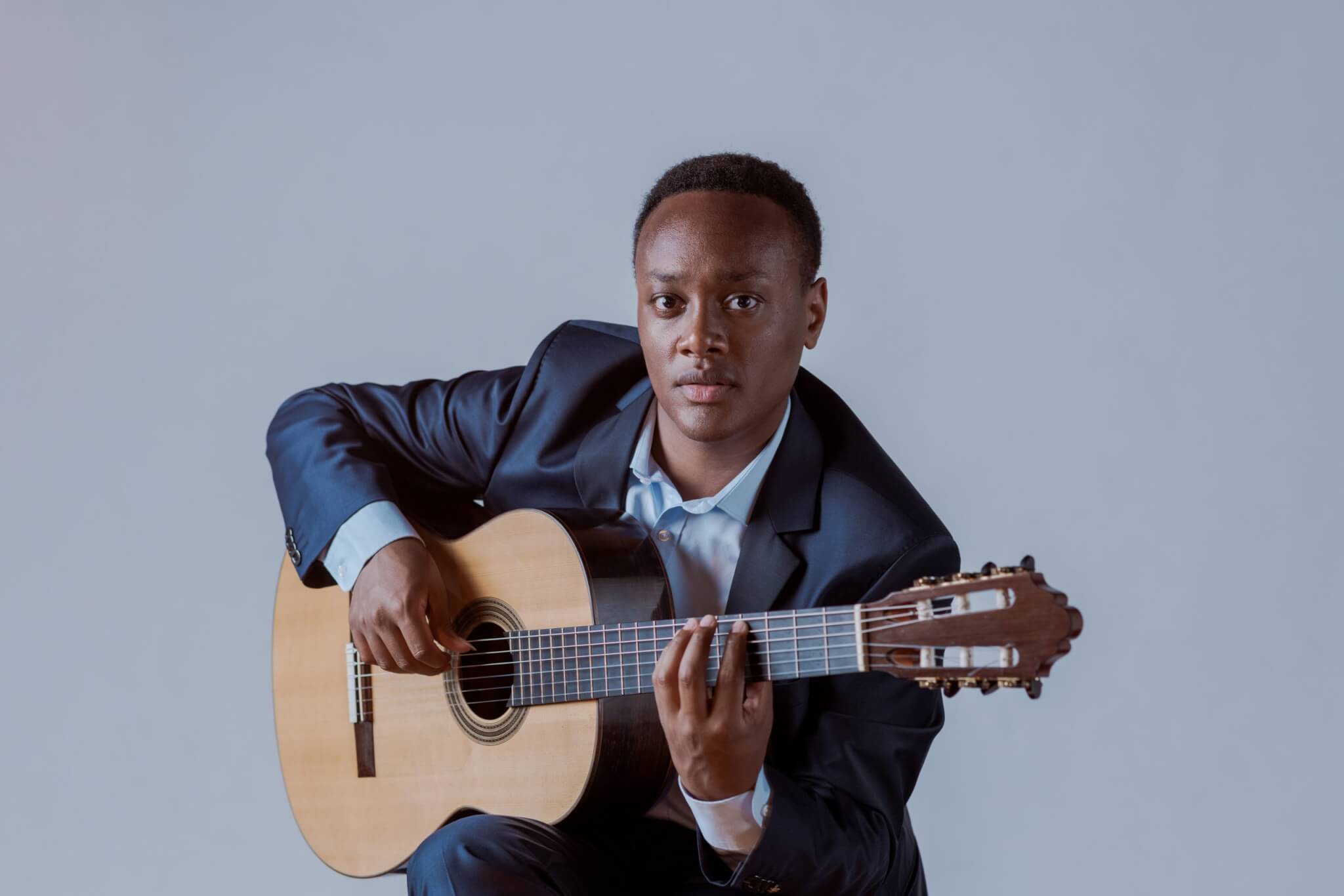
Winner of the prestigious Guitar Foundation of America competition in 2018 (USA) and ADAMI’s “Classical Revelation 2021”, Raphaël was chosen as an exclusive artist by the label Deutsche Grammophon in 2022. He is, to date, one of the very few guitarists to have signed with this legendary label. This fruitful collaboration gave birth to a first single “Les Barricades Mystérieuses”, soon followed by his debut album “Visages Baroques” in 2023, which displays different facets of the Baroque aesthetic.
Following his acclaimed debut at New York’s Carnegie Hall in 2023, he has performed in the world’s most prestigious concert halls and festivals – including Amsterdam’s Concertgebouw, the “Folle Journée” in Nantes, and the Beethoven Haus in Bonn – as well as at major guitar events such as the Festival International de Guitare de Paris, the Festival Guitarras del Mundo in Argentina, and the Changsha International Guitar Festival in China.
His passion for chamber music and his desire to champion his instrument in this repertoire has led him to collaborate with musicians of the highest calibre: recorder player Lucie Horsch, trumpet player Lucienne Renaudin Vary and violinist Maria Dueñas in venues such as Deutsche Grammophon’s Yellow Lounge, the Dresden Music Festival and the Società del Quartotto Di Milano – Scala G. Verdi.
Born in Djibouti in 1996, Raphaël was introduced to the guitar by his first teacher, Hacène Addadi, before joining Michel Grizard’s class at the Conservatoire de Nantes in 2012. Three years later, he entered the Conservatoire National de Musique et de Danse de Paris in the classes of Roland Dyens and Tristan Manoukian. During this period, he was mentored by Judicaël Perroy, who played an essential role in his artistic development.
In addition to winning first prize at the GFA, Raphaël has forged a strong reputation in the classical guitar world by winning the following competitions: Jose Tomas International Guitar Competition in Villa Petrer (Spain – 2017), Kutna Hora International Guitar Festival (Czech Republic – 2017), Viseu International Spring Music Festival (Portugal – 2016), Fontenay-sous-Bois Guitar Competition & Festival (France – 2015), and Ciudad de Coria International Guitar Festival (Spain – 2014).
An ambassador for the guitar and keen to contribute to the development of its repertoire, Raphaël has arranged numerous works from the repertoire of instruments he loves – with a particular predilection for keyboard instruments such as the piano and harpsichord – a taste particularly reflected in his choice of programmes for his recordings.
Driven by a desire to pass on his passion for music and the guitar, Raphaël teaches at the Pôle Supérieur de Bretagne and is co-founder of the Lille Guitar Academy, a summer academy for guitarists. Students from all over the world receive his guidance at masterclasses given at the San Francisco Conservatory, the Manhattan School in New York and the Haute École de Musique in Geneva. He is also involved in projects to raise awareness of the arts, particularly following a tour in the USA during which he took part in several activities in schools and prisons.
Raphaël Feuillâtre is supported by Savarez, a historic string-manufacturing company founded in 1770, and plays a guitar by Australian luthier Greg Smallman.
The content of this programme does not reflect the views of the Government of the Hong Kong Special Administrative Region.


